City Palace Udaipur
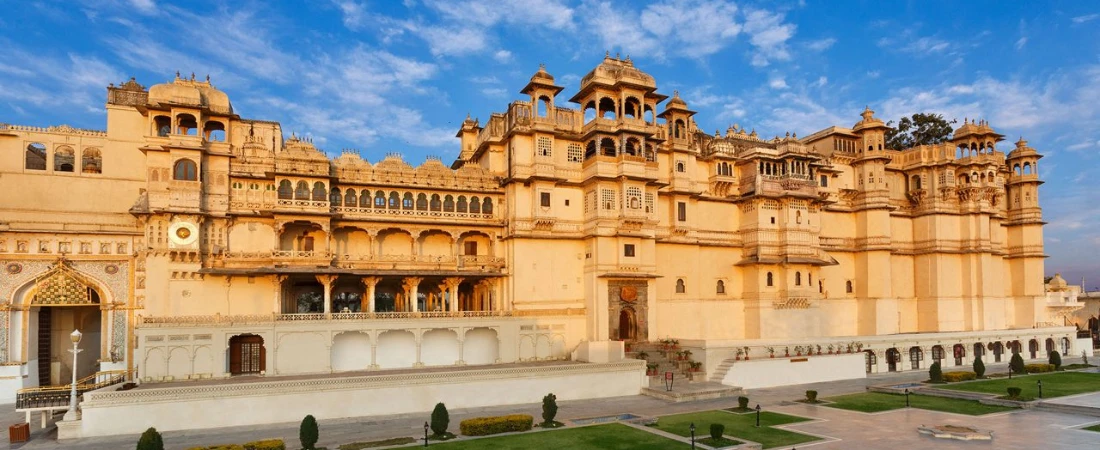
City Palace Udaipur is one of Rajasthan’s most iconic and regal landmarks, overlooking the sparkling waters of Lake Pichola. Situated in the heart of Udaipur, this sprawling palace complex reflects the glorious past of the Mewar dynasty. It was originally built in 1559 by Maharana Udai Singh II, the founder of Udaipur, and later expanded by his successors over nearly 400 years. Despite being constructed over such a long period, the palace maintains a unified architectural style that blends Mughal elegance with Rajput grandeur. The massive complex stands as a tribute to the vision, strength, and sophistication of the Mewar rulers, who made Udaipur a cultural and political powerhouse in medieval India. Today, it remains one of the most visited tourist attractions in Udaipur, drawing in travelers from across the world who come to witness its timeless charm, intricate carvings, and breathtaking views of the lake and city.
Historical Roots
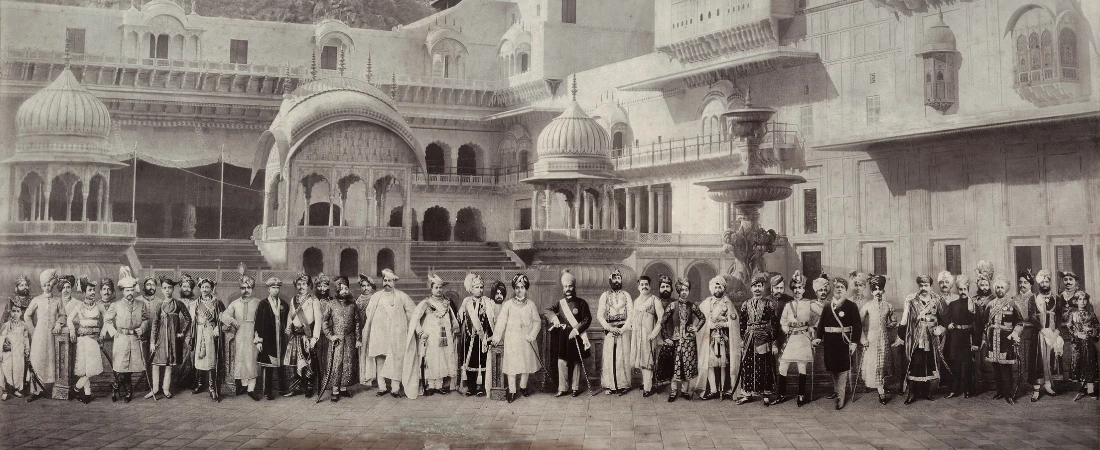
The history of City Palace Udaipur begins with a vision of safety and grandeur. After the siege and fall of Chittorgarh, Maharana Udai Singh II decided to move the Mewar capital to a more secure location. Guided by a hermit’s advice, he chose the lakefront area nestled among the Aravalli hills. Thus, Udaipur was born, and its centerpiece—the City Palace—was established. The first structure was relatively modest, but as each new Maharana ascended the throne, additions and renovations were made, each leaving behind a legacy in stone, mirror, and marble. The palace witnessed battles, treaties, royal ceremonies, and colonial interactions over the centuries. It was not only the administrative seat of the Mewar rulers but also a deeply personal space for the royal family. Many parts of the palace still echo with the presence of those who once walked its hallways in royal attire, and even today, a section of the palace remains the private residence of the Mewar descendants.
Majestic Design
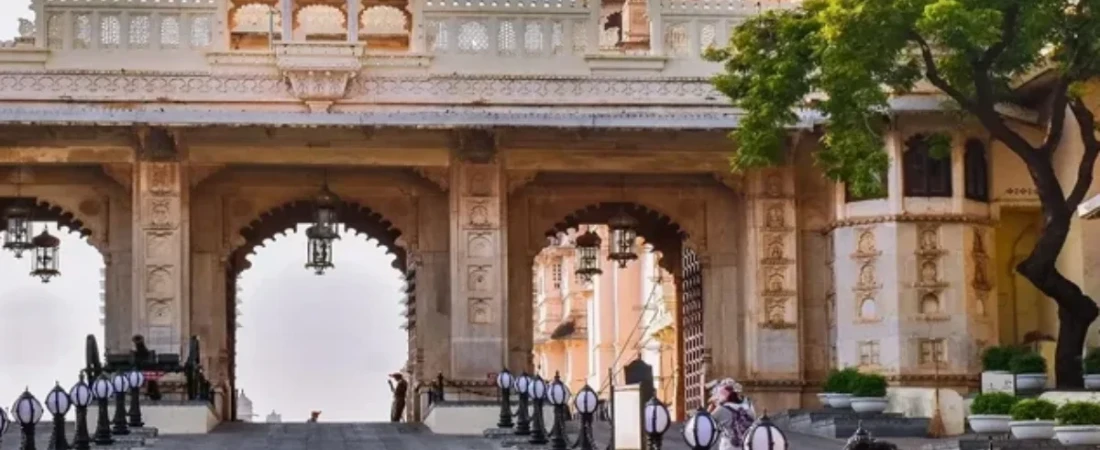
The architecture of City Palace Udaipur is a breathtaking fusion of Rajasthani valor and Mughal finesse. Constructed primarily in granite and marble, the palace showcases delicate mirror work, intricate inlays, painted tiles, marble balconies, and ornate pillars. It stretches out over a hilltop, offering elevated views of Lake Pichola and the nearby monuments like Jag Mandir, Jag Niwas (now the Taj Lake Palace), and the city skyline. Inside the palace, the courtyards, corridors, and chambers are designed in a maze-like layout, an intentional defense strategy against invasions. Highlights of the design include domes, chhatris, jharokhas, and latticed windows. The exteriors are adorned with elaborate carvings and arches, while the interiors shine with colored glass, marble floors, and wall murals. The Sheesh Mahal (mirror palace), Badi Mahal (Great Palace), Mor Chowk (Peacock Courtyard), and Amar Vilas (upper terrace garden) are fine examples of how artistic beauty was seamlessly blended with functionality to create a masterpiece that continues to impress even in the modern age.
Inside the Palace

Walking into the City Palace feels like stepping into another world where every room has a story and every wall is a canvas. The palace is a series of interconnected structures, each with a unique purpose and story. One of the main attractions inside is the City Palace Museum, which preserves artifacts that date back hundreds of years, including royal armor, weapons, clothing, portraits, and ceremonial items. Mor Chowk, or the Peacock Courtyard, features three glass mosaic peacocks representing the seasons and is one of the most photographed spots. The Zenana Mahal (Queen’s quarters) displays royal belongings and beautiful artwork that highlights the life of the queens. Krishna Vilas contains miniature paintings that depict festivals and war scenes. Sheesh Mahal glitters with mirrors embedded in its walls, creating a surreal reflection of light. Each section of the palace reveals something new—be it a view, a piece of art, or an emotional glimpse into royal life—making the visit a deeply enriching experience.
When to Visit
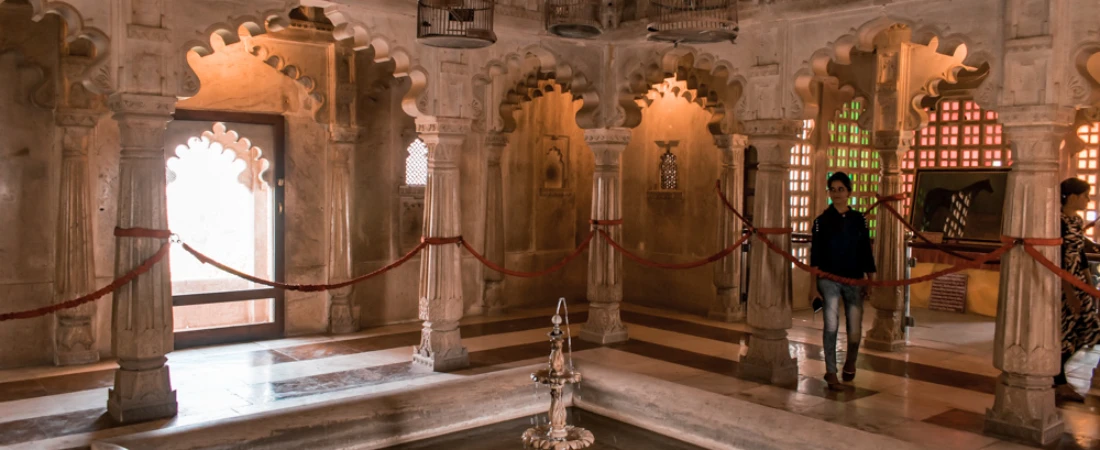
Timing your visit to City Palace Udaipur can significantly enhance the experience. The best months are from October to March, when the weather is cool and comfortable. The palace opens daily from 9:30 AM to 5:30 PM, and visiting in the morning allows you to enjoy the site before the crowds roll in. Winter mornings often offer beautiful lighting for photography, and you can explore at a relaxed pace without the heat draining your energy. If you want to see the palace at its most festive, plan your visit during events like Diwali or the Mewar Festival, when it is decorated with lights, music, and cultural performances. During summer, the palace can get extremely hot, and monsoons, though refreshing, may affect sightseeing around the lake and gardens. Also, watching the sunset over Lake Pichola from the upper terraces of the palace during winter months is a magical experience that stays etched in memory long after your visit.
Last Words
Visiting City Palace Udaipur is an experience that combines grandeur, culture, history, and beauty in the most mesmerizing way. Whether you are an architecture enthusiast, a history buff, or someone simply seeking breathtaking views and cultural richness, this palace offers something unforgettable. Its combination of regal design, lakefront location, and cultural vibrance creates an atmosphere that is deeply moving and visually stunning. The palace is not just a building—it’s a living legacy of the Mewar dynasty, a space where every wall has seen centuries pass, and every courtyard has heard stories of love, war, art, and devotion. Standing at the balconies with the lake below and the sky stretching out above, you feel a quiet awe. City Palace Udaipur doesn’t just tell a story—it invites you to step into it.



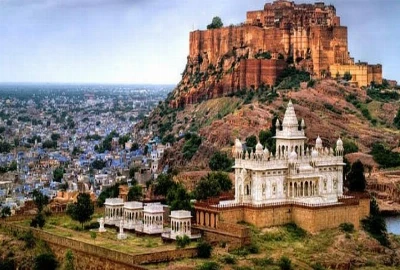
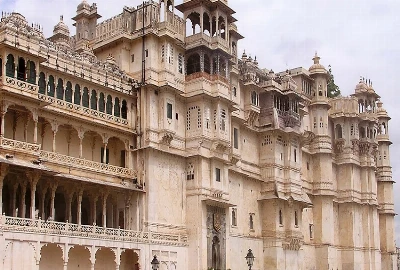


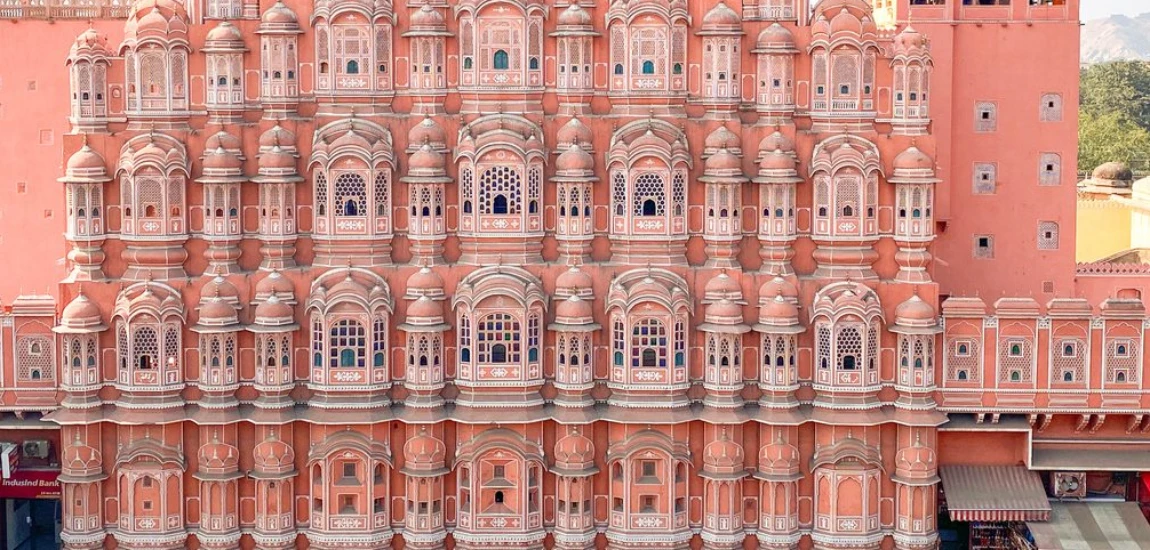

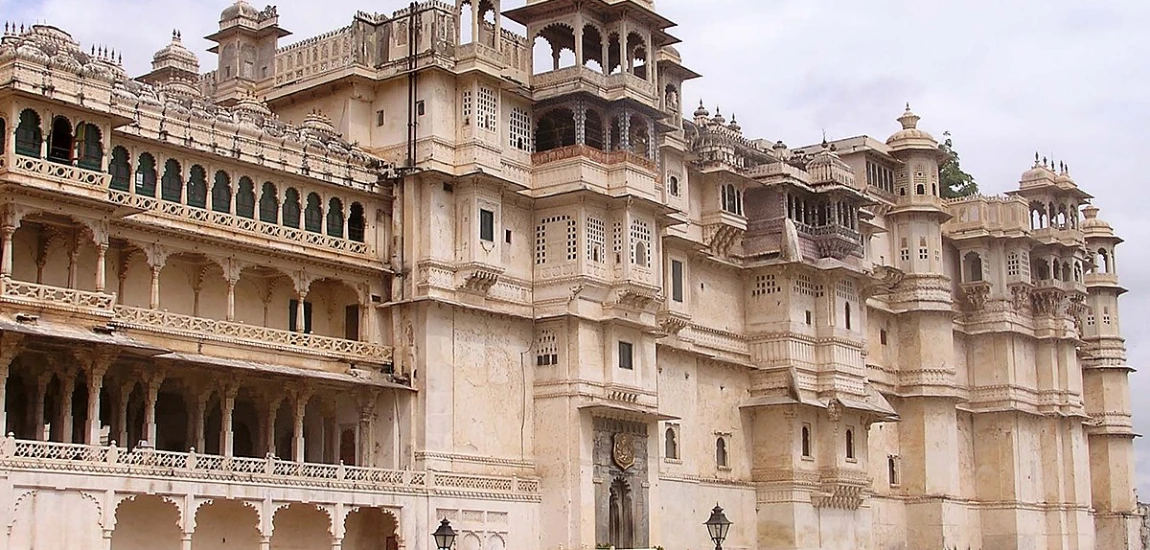
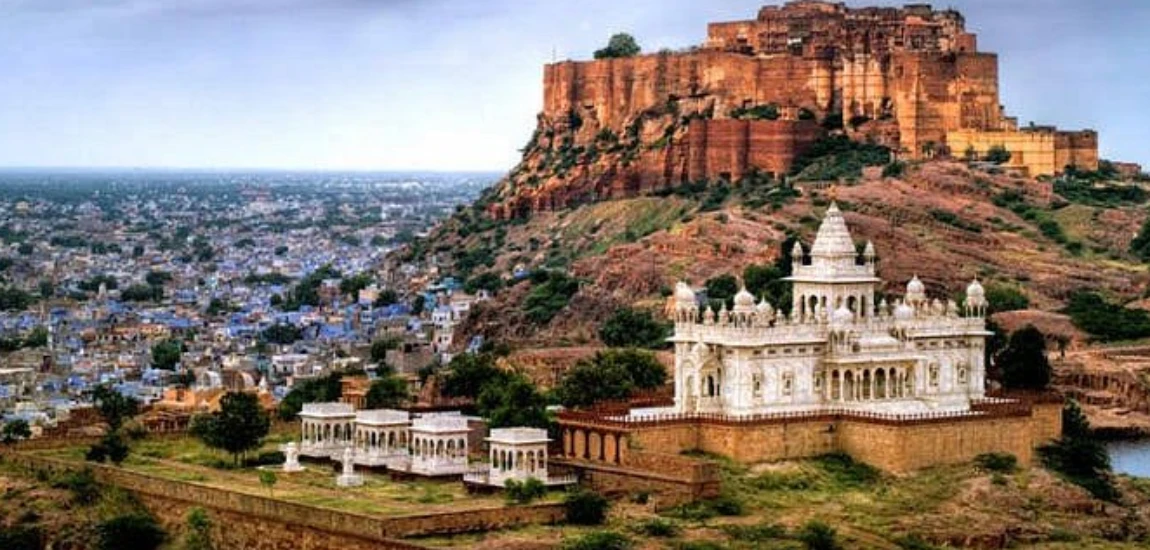
Leave a comment